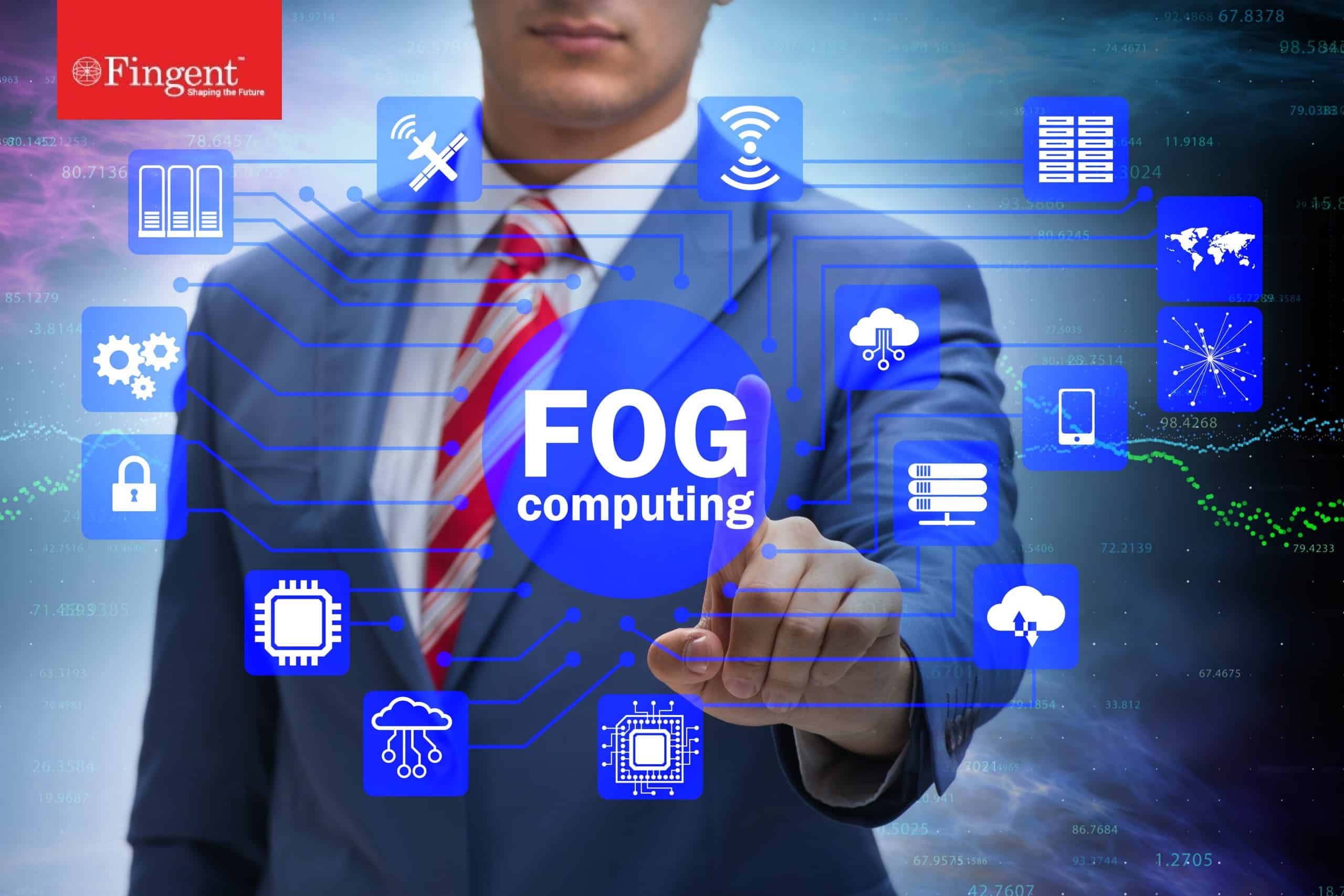Seven Ways Enterprise Software Will Evolve to Stay Relevant
Enterprise mobility has come a long way in improving organizational efficiency and helping companies empower their workforce digitally. It has been estimated that by 2020 the global revenue generated by enterprise mobility software market would surpass $140 billion annually. With a compound annual growth rate of 15%, it is also expected to be spearheading nearly 15 to 20 percent of annual IT spending by global organizations. The driving forces behind the growing market for enterprise mobility products are the increased productivity factor for mobile workforce and the availability of low-cost smart devices. 2016 is running to a close and so we decided to have a glance of what’s going to be the state of Enterprise Mobility in 2017.
Let us see the direction in which enterprise mobility will head into in 2017:
Market Focus
As usual, 2017 has a very robust growth outlook in existing markets especially North America, which will be the primary leader globally in terms of enterprise mobility adoption. However there will be a new name on the top of the list for fastest growing markets – Asia Pacific (APAC). With a Compound Annual Growth Rate (CAGR) of 21 percent, APAC markets are expected to be an area of huge focus for enterprise mobility product vendors.
Flexible Device Management
Very recently, Forrester claimed that mobility is of prime importance for 71% of organizations. This means they will promote almost all kinds of mobile devices amongst its workforce. Bring Your Own Device or BYOD as it is affectionately known globally, will create room for newer policies in device management and control. Integrating flexibility into the BYOD ecosystem will be a challenge as good majority of employees would utilize the same device for personal and office use.
Information on the Go
Taking a leaf out of the previous trend, the rapid rise in number of devices will pose another challenge for information access. Enterprise data or information would be scattered across multiple organizational departments, hierarchies, geographical locations, etc. But for the end user or mobile workforce, all they need is information on the go, at their fingertips. Cross channel and intra-organizational data communication policies would face increasing pressure to synchronize information across mediums so that more informed decisions can be taken by end users.
Cloud Synchronization
It is hard to call Cloud a buzzword now not because it is irrelevant but because it is a norm for the entire tech world. From music to high end
Security
Perhaps for the last few years, when people speak about trends in tech, especially when it involved data communication across channels, security had been the number one point on the list. Today we pick security to occupy a lower position, not because it has become a guaranteed surety, but because of the huge improvements that have been witnessed in the world of data security. Thanks to cloud computing, it is easier for enterprises to have a focused area to spend on information security. Whether companies opt for established cloud service providers like, Amazon Web Services or Microsoft Azure, or whether they build their own private cloud infrastructure is not a relevant question in today’s cloud security context. Cyber-attacks are increasingly being reported globally and hence it is imperative for organizations to lay strict emphasis on security policies. The most challenging security scenario in the case of enterprise mobility would be the unmonitored usage of device on insecure public networks. Security applications would definitely find huge market scope in the coming years.
Internet of Things (IoT)
IoT today is what cloud computing was 5 years ago – the rising area of focus for businesses. The ability of devices, or more specifically sensors, to communicate user dat
Dedicated Mobile App Development Centers of Excellence
This is a culmination of all the above trends. With such a huge emphasis being directed towards enterprise mobility, organizations would require dedicated developer teams to build customizable solutions for enterprise mobility. These developers would be groomed as an agile workforce to support the massive amount of organizational activities being migrated to enterprise apps.
So there you have it folks, 7 trends we feel will shape the future of enterprise mobility in 2017 and beyond. Enterprise mobility is here to stay and is definitely moving in the direction of becoming a hotbed for tech innovations in the near future.
Stay up to date on what's new

Recommended Posts

16 Sep 2021 Manufacturing Retail
DevOps: Building A New Culture Of Software Development And Delivery
The pandemic has derailed the global economy, impacting businesses across the world. If organizations wish to keep up with the lightning pace of app and platform improvements while staying cyber……

25 Jun 2021 Logistics
Software Development Outsourcing Guide for CEOs – Fingent
Outsourcing Software Development In 2024: Ultimate Guide Let’s Discuss Your Project Table of Contents Introduction What is Software Development Outsourcing? What Kind of Software Development Services Can You Outsource? Why……

25 Jun 2020
What Is Fog Computing and How Does It Work?
How Can Your Business Benefit from Fog Computing? How much data do we create every day? The World Economic Forum reports that the entire digital world is expected to reach……

30 Mar 2020
Why Software Development Outsourcing is a Smart Move Now
Top 5 benefits of outsourcing software development services Software development outsourcing is empowering companies worldwide, including the most successful ones across their journeys. Leading players like Google, WhatsApp, Slack, and……
Featured Blogs
Stay up to date on
what's new





















































